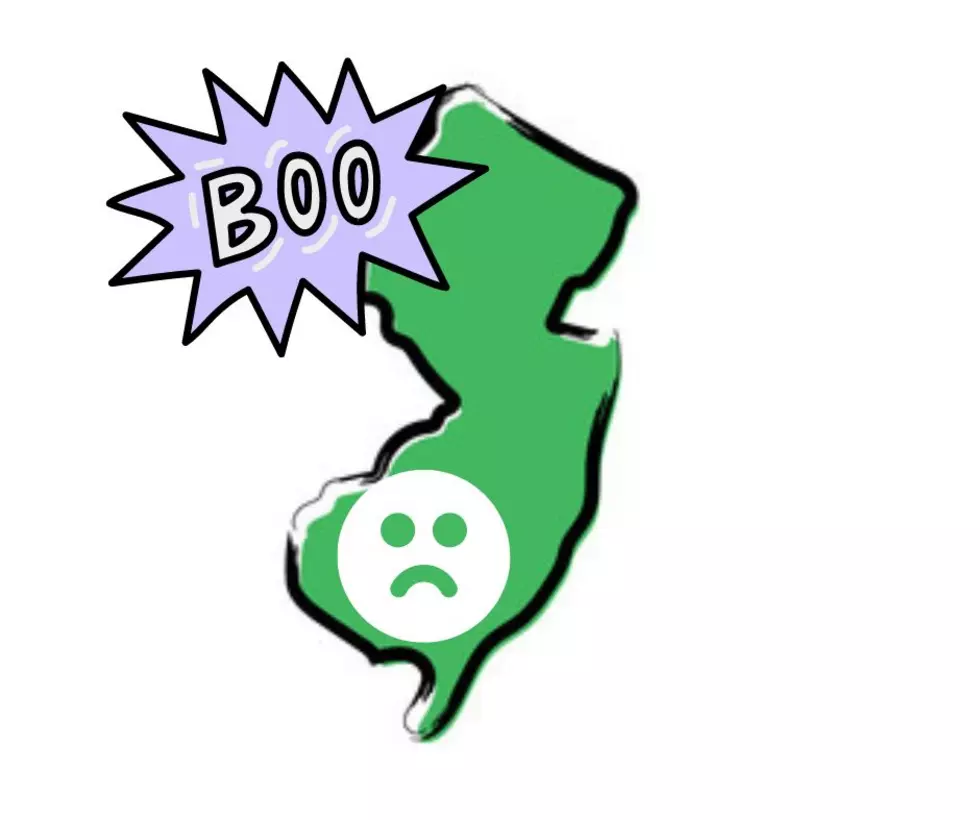
What Does An El Nino Winter Mean For Us In New Jersey?
The astronomical first day of winter for us here in the Northern Hemisphere is December 21st, according to the Farmers' Almanac. It is marked by the winter solstice, which is when we have the shortest day and longest night of the year in terms of daylight. So we are about two months from winter and it arrives just about the time of Christmas. The question is will we see more snow here in the Garden State this winter? In addition, how will "El Nino" and/or "La Nina" affect our winter in New Jersey?

First, let's look at what "El Nino" actually is. According to wesa.fm, "El Nino has its strongest effects, especially in the United States, during the winter. That's when it sends the jet stream, which moves storm fronts, on an unusual path that is dominated by warmer and wetter Pacific air plunging south."
In a recent Patch article, they discussed the effects of El Nino on our winter in New Jersey. "An El Niño climate pattern will mean the Garden State will have a warmer, wetter winter, the National Weather Service’s Climate Prediction Center said in an updated U.S. Winter Outlook released Thursday." Additionally, this is the first time we have had an "El Nino" winter here in Jersey in four years. The bottom line for the Garden State? "New Jersey is forecast to have around a 33 to 40 percent chance of wetter-than-average conditions with no drought concerns."
The forecasters went on to say that with a "wetter" winter, "drought is not expected to be an issue in New Jersey." It looks to be a possible scenario for warmer and wetter weather here in Jersey, doesn't sound like a "snowy" winter, so sorry snow lovers, but we will have to wait and see how "El Nino" affects us, Mother Nature and Old Man Winter can always bring a few "curve balls" to our winter here in the Garden State.
TIPS: Here's how you can prepare for power outages
LOOK: The most expensive weather and climate disasters in recent decades
Gallery Credit: KATELYN LEBOFF





